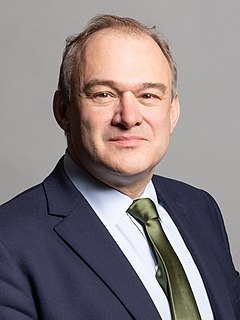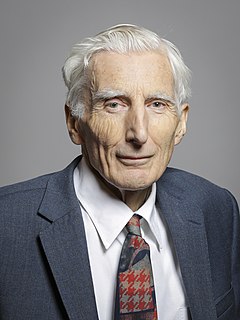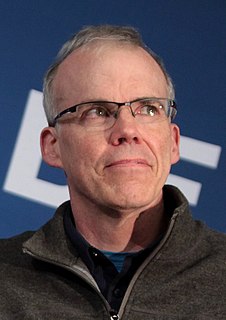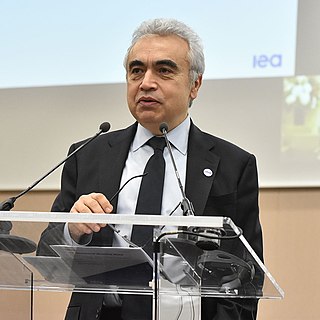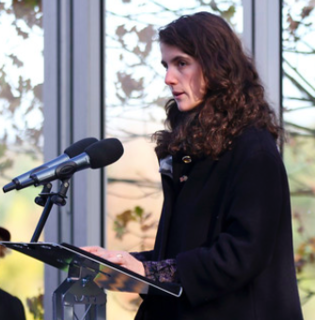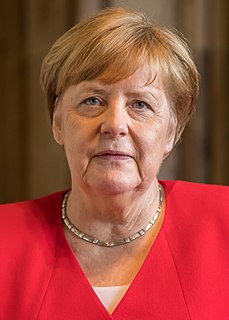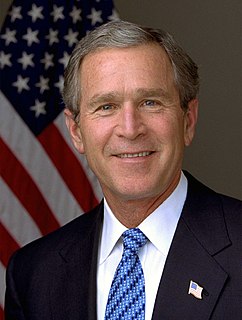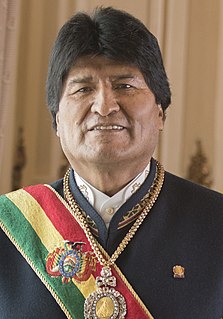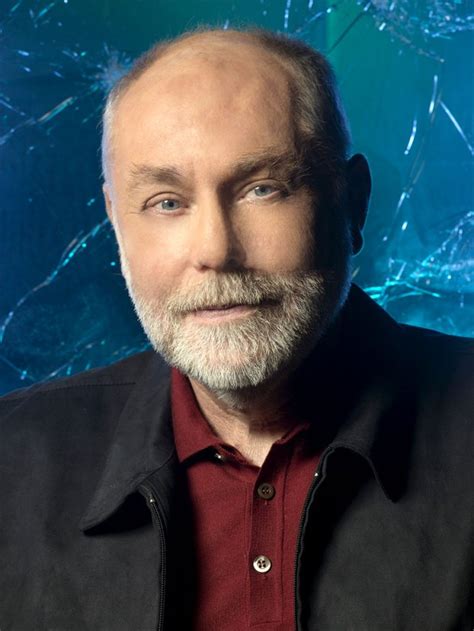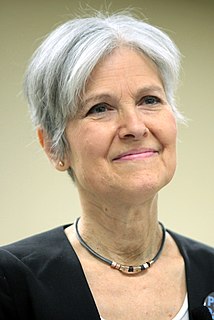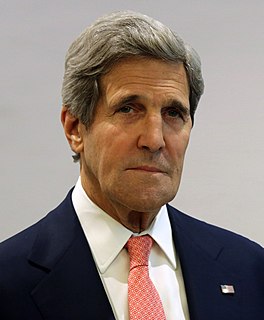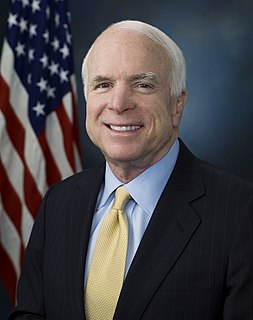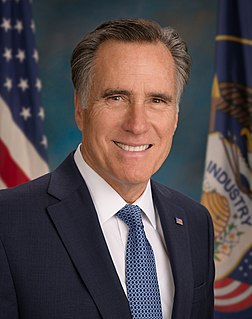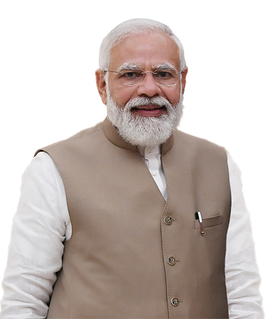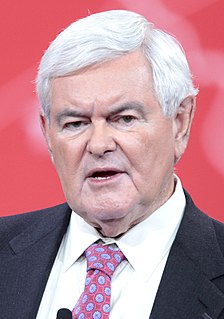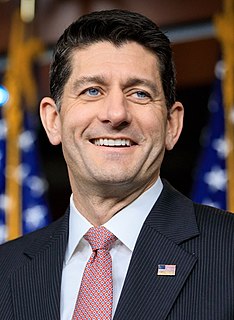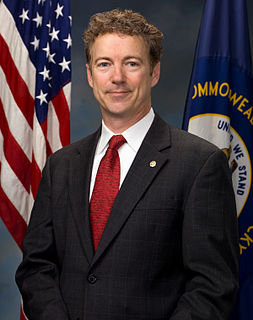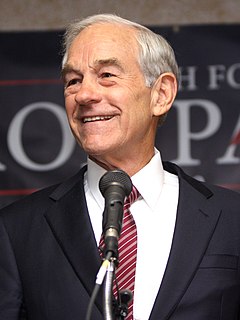A Quote by Ed Davey
The reality is that no country's actions alone will create the impact required to limit global temperature rise to 2 degrees Celsius - we all need to be part of the solution.
Related Quotes
The models that have been constructed agree that when, as has been predicted, the level of carbon dioxide or its equivalent in other greenhouse gases doubles from pre-Industrial Revolution concentrations, the global average temperature will increase, and that the increase will be 1.5 to 4.5 degrees Celsius or 3 to 8 degrees Fahrenheit... In Dallas, for instance, a doubled level of carbon dioxide and other gases like methane, would increase the number of days a year with temperatures above 100 degrees from 19 to 78 each year.
Diversity is a survival factor for the community itself. A community of a hundred million species can survive anything short of total global catastrophe. Within that hundred million will be thousands that could survive a global temperature drop of twenty degrees—which would be a lot more devastating than it sounds. Within that hundred million will be thousands that could survive a global temperature rise of twenty degrees. But a community of a hundred species or a thousand species has almost no survival value at all.
We are on track for a 3.5 deg C rise by 2040 (i.e. 4.2 deg C relative to pre-industrial)... When I look at this data, the trend is perfectly in line with a temperature increase of 6 degrees Celsius, which would have devastating consequences for the planet. We have 5 years to change the energy system, or have it changed
Back in 2005, when I was Christopher Eccleston, we saw one of the largest increases on record, of CO2 in the atmosphere. Unless we keep the rise in global temperature to under 2 degrees, by the time I'm Daniel Radcliffe or wee Jimmy Crankie, I won't be able to save the planet. I won't be here to help you -- well I might, but I'll be that bloke who won Any Dream Will Do.
The impact of the Kyoto Protocol on global temperature is quite modest, especially for the first century. The reduction in global mean temperature in the Annex I case relative to the reference in 2100 is 0.13ºC; this compares with a difference of 0.17ºC from the Kyoto Protocol calculated by Wigley. The temperature reduction in the optimal run is essentially the same as the Kyoto runs by the 22nd century.
